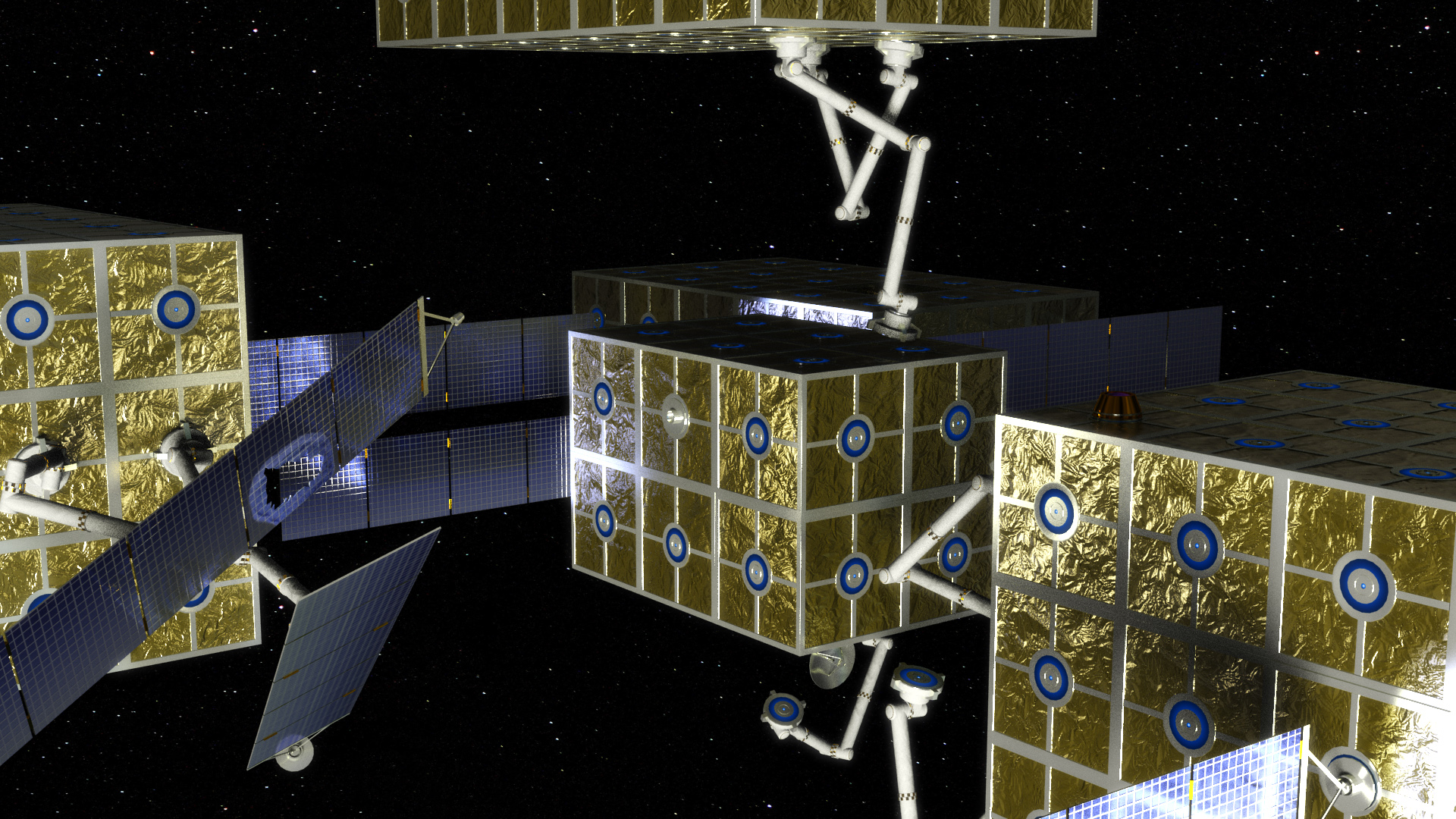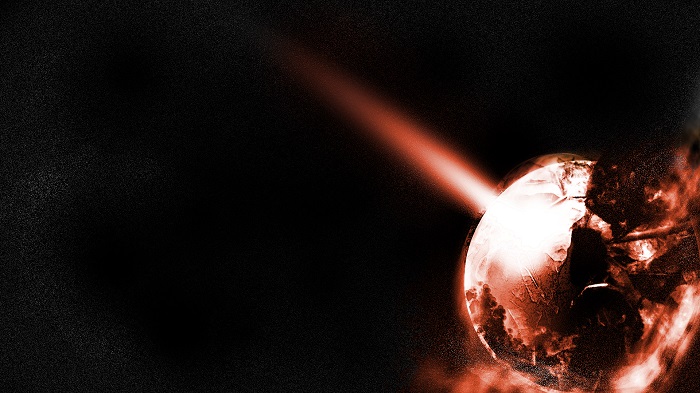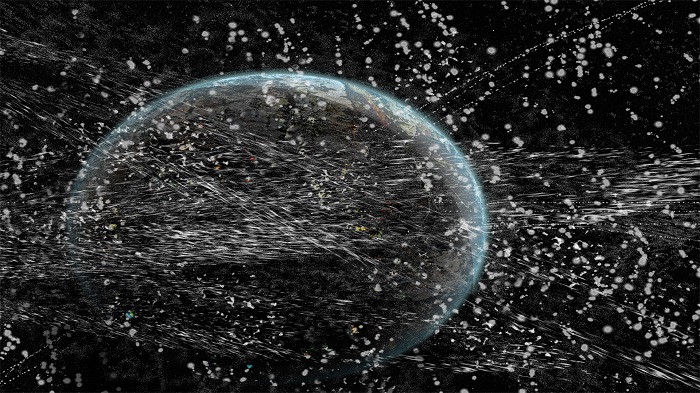Space for Art
Asteroids, satellites, space debris and the night sky will come to life at exhibitions across the UK in May and June.

The images are part of the Space for Art exhibition which examines how space technology is coming down to earth to help humankind.
In collaboration with researchers at the University of Strathclyde’s Space Institute and the Strathclyde-led Stardust project - which seeks solutions to the threats posed by asteroids and space debris - the exhibition uses art to explore real research projects taking place in the University’s laboratories, from space debris tracking to asteroid deflection.

Project leader Peter McGinty, of Strathclyde’s Faculty of Engineering, said:
"Our research at Strathclyde Space Institute has the goal of protecting the Earth’s long-term future. The technology and its applications are extremely useful, but can also be very beautiful, and so we teamed up with Glasgow School of Art to help capture the impact of this work.
Science fiction is rapidly becoming ‘science fact’ and researchers in the UK’s growing space industry are delivering exceptional achievements in asteroid deflection, space debris capture and delivering the spacecraft of the future. Our exhibition features striking images which depict research with real impact.”
Eleven researchers have taken part in the project, run in collaboration with Glasgow School of Art and Glasgow Science Centre and funded by Ingenious, the Royal Academy of Engineering’s public engagement grant scheme.
The project helped to train 11 researchers to translate their work into artistic presentations. The School of Art’s Digital Design Studio has provided a series of displays which have been collated into an exhibition which will tour science centres throughout the UK. The researchers will be speaking at the exhibitions about their research.

The projects explore areas including:
self-repairing satellites
The exhibition embarks on its month-long UK tour, opening at Aberdeen Science Cente on 14-15 May. It is also to be presented at the Starmus festival in Tenerife in June, where speakers will include physicists Professor Stephen Hawking, Neil deGrasse Tyson and Professor Brian Cox and musician and astrophysicist Brian May.
Dr Leon Gurevitch of Victoria University of Wellington’s School of Design in New Zealand has contributed photographs for the exhibition highlighting the natural beauty of the galaxy and Glasgow School of Art undergraduate Cal Lomax has designed a series of abstract works based around the concepts being studied by the Space Institute and Stardust.